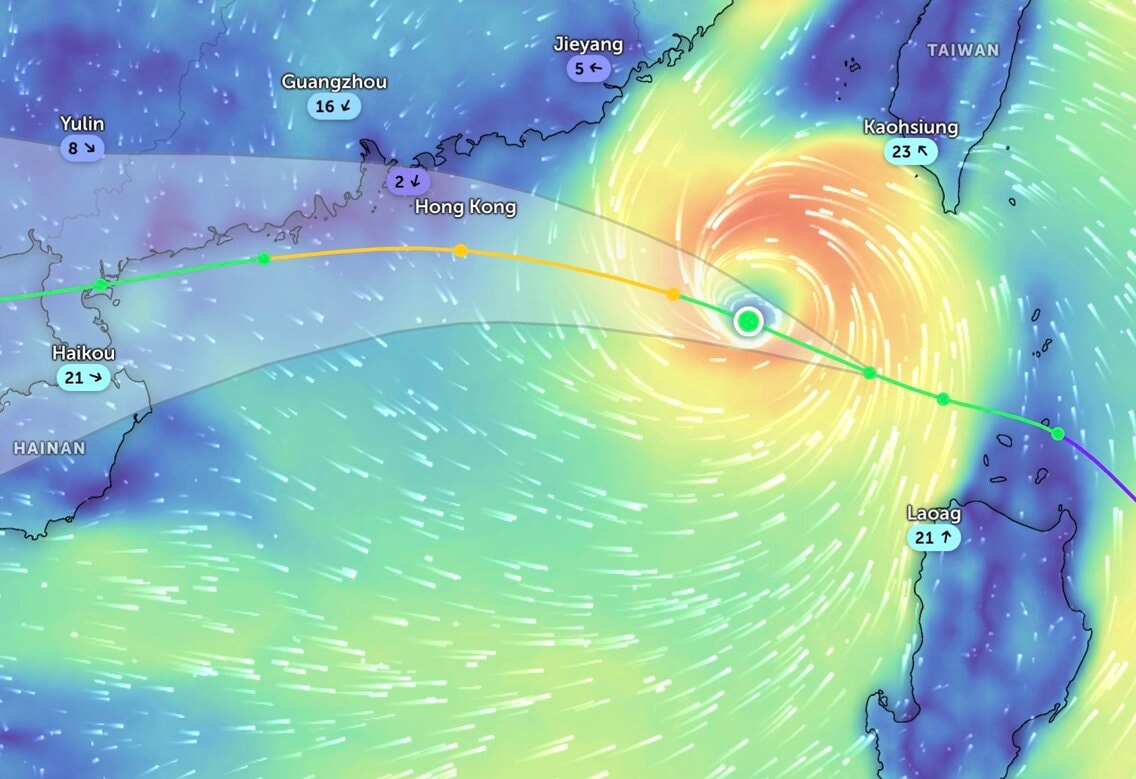
The dispatch stated: On the morning of July 19, storm WIPHA entered the East Sea and became storm number 3 with a level 9 intensity, gusting to level 12; the storm is forecast to continue to strengthen and is likely to affect and cause heavy rain in the Northern and North Central regions in the coming days.
According to the news from the Nghe An Province Hydrometeorological Station, at 1 p.m., the center of the storm was located at about 20.5 degrees North latitude; 119.0 degrees East longitude, in the northeastern sea area of the North East Sea. The strongest wind near the center of the storm is level 9-10 (75-102 km/h), gusting to level 12; moving northwest at a speed of about 20 km/h.
Pursuant to Official Dispatch No. 4594 dated July 19, 2025 of the Ministry of Agriculture and Environment on responding to storms in the East Sea, to proactively respond to storms and the risk of heavy rain, floods, inundation, flash floods, landslides, the Provincial Steering Committee for Natural Disaster Prevention, Search and Rescue and Civil Defense requests the Steering Committees for Natural Disaster Prevention, Search and Rescue and Civil Defense of wards, communes and related departments and branches to direct the implementation of the following contents:
For sea routes:
Closely monitor the storm's developments; strictly manage means of transport going out to sea; organize counting and notify owners of means of transport, captains of ships and boats operating at sea of the location, direction of movement and developments of the storm to proactively avoid, escape, not move into dangerous areas or return to safe shelters. Dangerous areas in the next 24 hours: Latitude 18.5N-23.0N; East of longitude 112.0E (dangerous areas are adjusted in forecast bulletins).
Implement work to ensure safety of people, vehicles, and property, especially for tourist destinations, aquaculture, fishing, and constructions at sea, on islands, and in coastal areas.
Based on the specific situation, proactively decide to evacuate people in cages, aquaculture huts along the coast, at sea, and on islands to ensure safety.
The Provincial Military Command directed the Provincial Border Guard Command to base on storm developments and forecasts to promptly advise the Provincial People's Committee to issue a sea ban order.
For plains and coastal areas :
Check and be ready to evacuate people from unsafe housing, areas at risk of deep flooding, river mouths, and coastal areas.
Directing the work of ensuring safety of sea dykes and river dykes, especially at vulnerable locations or locations under construction.
Actively drain buffer water, prevent flooding to protect agricultural production, urban areas and industrial zones at risk of flooding.
Organize tree pruning; brace and reinforce signs, houses, public works, industrial parks, factories, warehouses, and projects under construction. Check, review, and take measures to ensure the safety of telecommunications systems and power grid systems to maintain operations without interruption before, during, and after storms.
Proactively organize the harvesting of agricultural products and aquaculture areas according to the motto "green house is better than old field".
For mountainous areas:
Deploy shock forces to inspect and review residential areas along rivers, streams, low-lying areas, areas at risk of flooding, flash floods, landslides to proactively organize the relocation and evacuation of people when situations arise, clear the flow of blocked and obstructed areas; commune-level authorities notify each household living in areas at risk of landslides and flash floods to inspect and review the area around their residence to promptly detect unusual and dangerous signs to proactively evacuate from dangerous areas.
Direct the inspection, review, and preparation of plans to ensure the safety of reservoirs and downstream areas, especially small hydropower reservoirs and important irrigation reservoirs; arrange permanent forces to operate and regulate and be ready to handle possible situations.
Prepare plans to organize forces to guard, control, support, and guide to ensure safe traffic for people and vehicles, especially at culverts, spillways, deep flooded areas, fast-flowing water areas, areas where landslides have occurred or are at risk of landslides; resolutely not allow people and vehicles to pass if safety is not ensured; arrange forces, materials, and means to overcome incidents, ensuring smooth traffic on main traffic routes when landslides occur;
People are strictly prohibited from collecting firewood, fishing, etc. on rivers, streams, and downstream of dams during floods to avoid human casualties.
Agencies: Nghe An Newspaper, Radio and Television, Ben Thuy Coastal Information Station and mass media increase information on storm and flood developments to authorities at all levels, especially commune level, owners of vehicles operating at sea and people to know and proactively prevent and respond.
Departments and branches, according to their functions, state management tasks and assigned tasks, proactively direct and coordinate with localities to respond to storms and widespread heavy rain.
Organize the duty seriously, regularly report to the Provincial Steering Committee for Natural Disaster Prevention, Search and Rescue and Civil Defense (through the Standing Office)./.
Source: https://baonghean.vn/nghe-an-ra-cong-dien-ung-pho-voi-bao-va-nguy-co-mua-lon-lu-ngap-lut-lu-quet-sat-lo-dat-do-anh-huong-bao-so-3-wipha-10302635.html


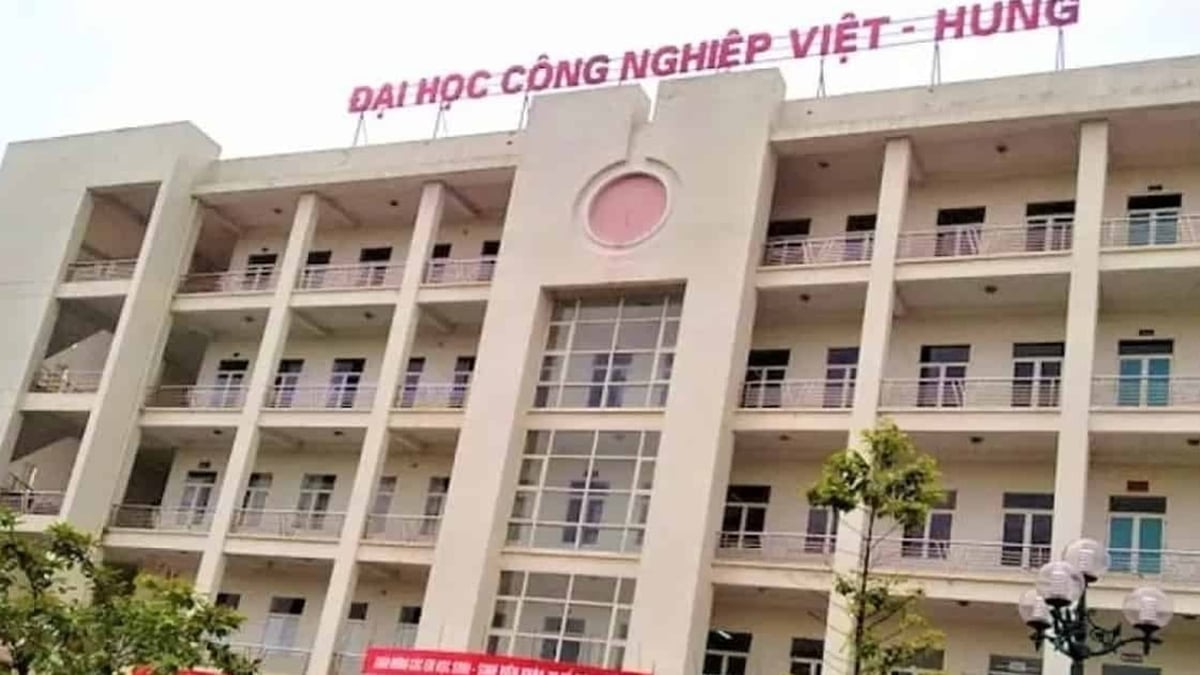

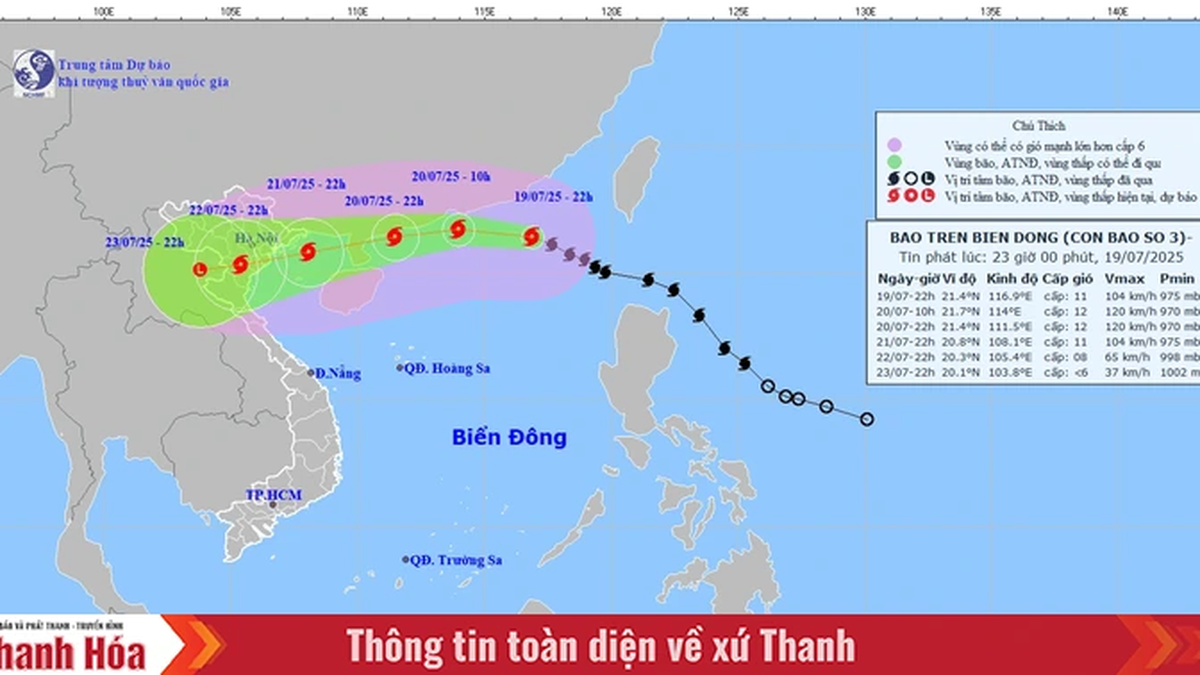
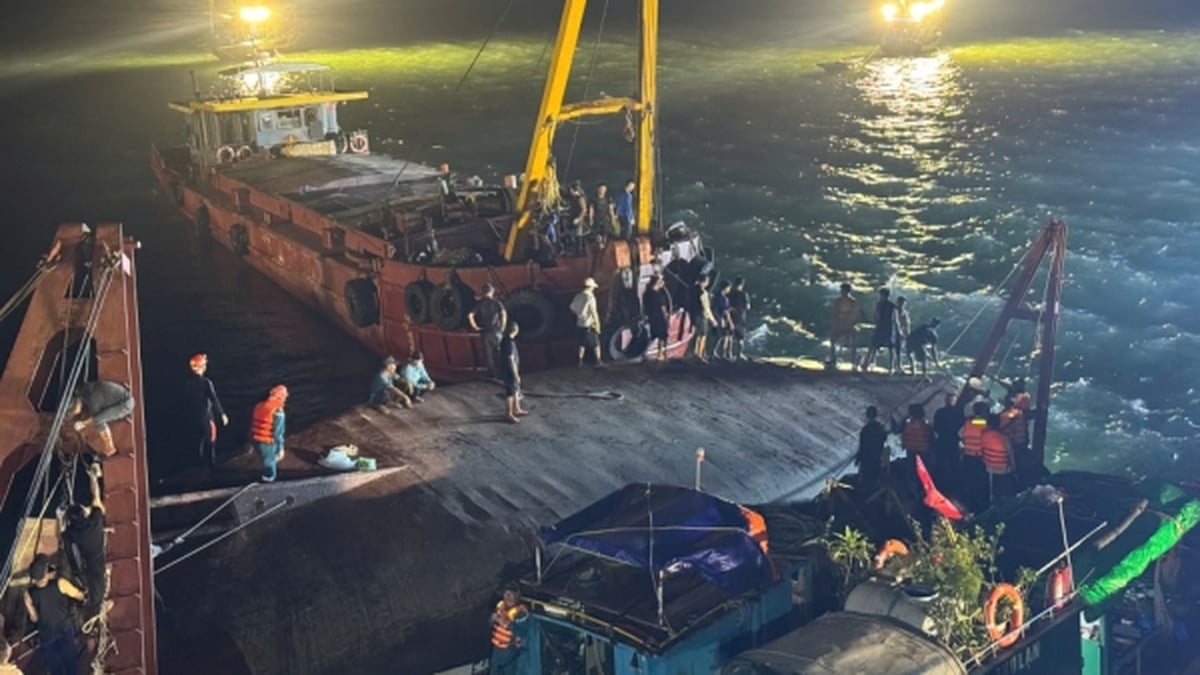
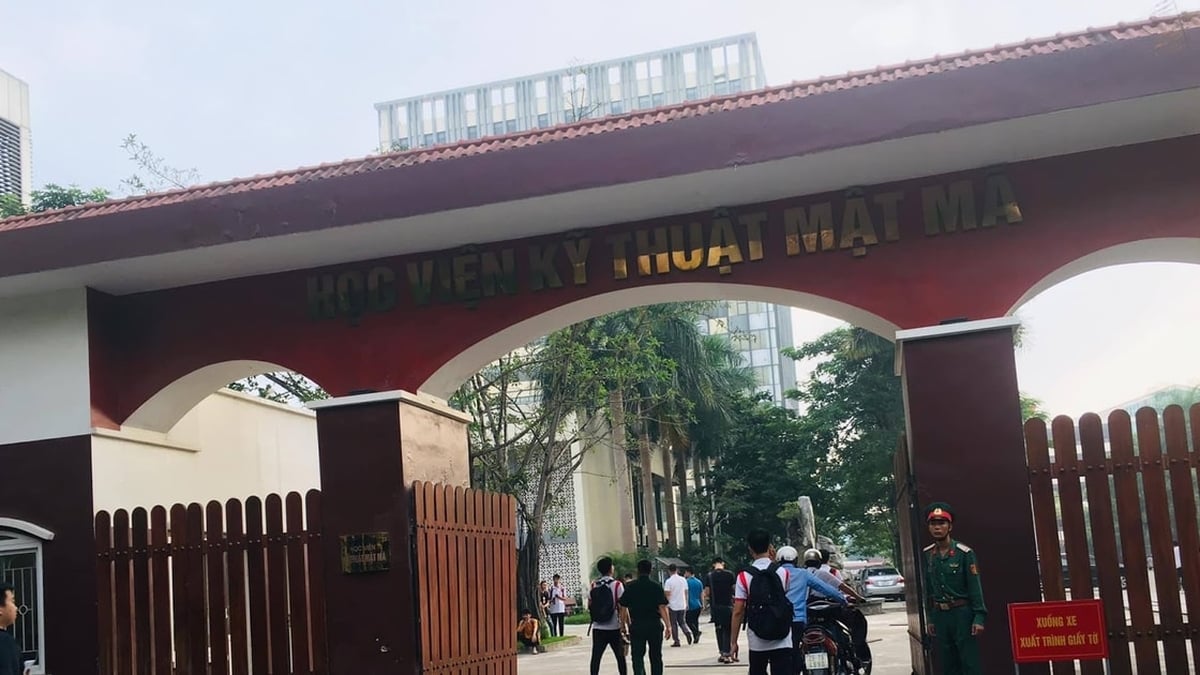


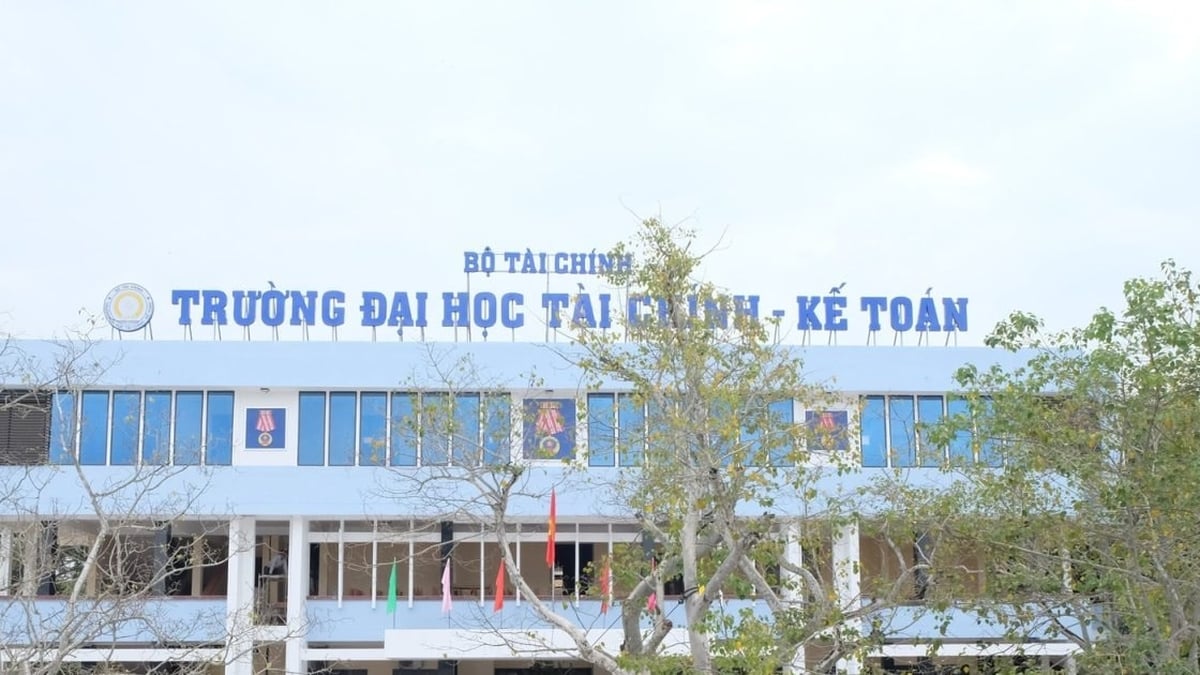























































































Comment (0)